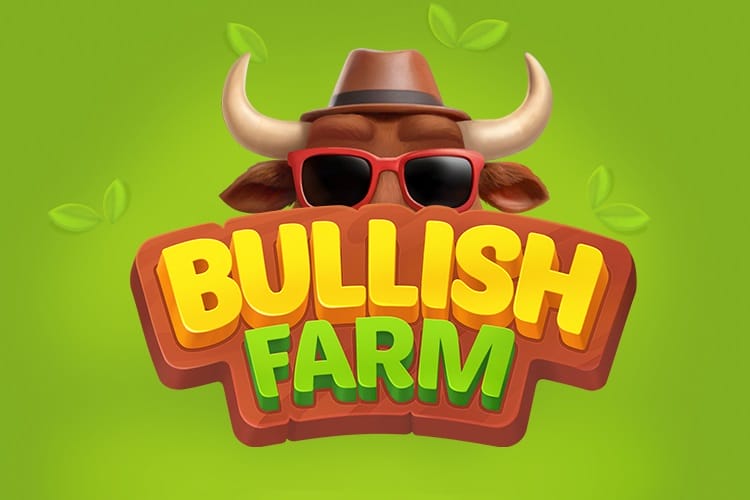Web3 applications are increasingly incorporating gamification elements to drive user engagement and reward participation. One example of this trend is Bullish Farm, a game that combines farming mechanics with token-based incentives to provide players with entertainment and profit-making opportunities. By balancing long-term strategy with daily tasks and offering on-chain asset management, Bullish Farm creates a unique gaming experience that reflects the economic systems inherent in blockchain technology. This fusion of play and reward-based systems raises questions about sustainability and the future of web3 games.
Farming games have been popular among mobile gamers for their satisfaction in resource management and incremental progress. In web3 ecosystems, these mechanics serve to enhance the user experience by creating a sense of ownership and reinforcing blockchain technology’s economic systems. Bullish Farm allows players to manage crops, livestock, and production lines to unlock rewards such as airdrops and real-world assets. By integrating on-chain asset management into the game, Bullish Farm creates a barter-like economy that adds depth to the gameplay and challenges players to balance their strategies effectively.
Unlike simple tap-to-earn games, Bullish Farm offers players layered challenges that go beyond tapping by introducing animal management as a key aspect of progression. Players can unlock and level up their animals, transforming the gameplay into a multi-tiered system that enhances player engagement. Time-limited events like harvest seasons simulate real-world challenges, where players compete to collect keys and earn rewards like cryptocurrencies. This shift from in-game rewards to real-world assets aligns effort with tangible outcomes, demonstrating how web3 games can broaden participation beyond crypto enthusiasts while maintaining accessibility for new or casual players.
Bullish Farm’s development roadmap includes plans for NFT integration, allowing players to transform in-game animals into NFTs and trade them on secondary markets. This move reflects a common practice among web3 projects looking to merge gaming with digital asset ownership. However, the challenge lies in balancing the simplicity of casual gaming with the intricacy of blockchain systems to keep players engaged without overwhelming them. Successful web3 gaming projects must strike a balance between user engagement and complexity to provide a rewarding gameplay experience that enriches the user experience.
The future of web3 games presents opportunities and challenges for developers to leverage gamification as a user acquisition tool and economic interaction mechanism. By fusing familiar gameplay mechanics with blockchain rewards, games like Bullish Farm showcase the potential of decentralized platforms to engage users through entertainment and real-world incentives. However, maintaining a careful balance between fun and financial motivation is crucial to prevent alienating users. Bullish Farm’s ongoing evolution will offer valuable insights into sustaining engagement over time and shaping the future of web3 games where farming isn’t just about growing crops but also participating in the digital economy.





















